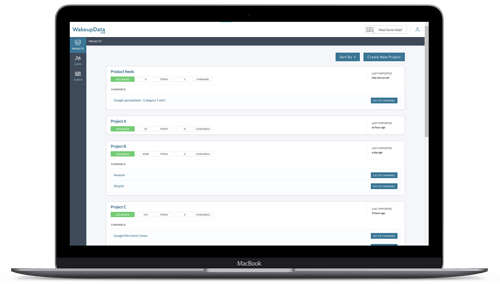Unfair pricing? AKA how to avoid hefty fines
Posted on July 15, 2022 (Last Updated: March 08, 2023)
There’s no question that pricing is a crucial part of any business, and there are many important factors to consider when setting prices. Things like internal costs, consumers’ willingness to pay and competitors' activities are important considerations – but there are also legalities to keep in mind, particularly within the EU. This article will give you an overview of critical things to look out for when selling in the EU to ensure that you stay on the right side of the law.

Complete price information
According to EU regulations, the price quoted in an offer must include all taxes and delivery charges. Any potential extra costs that can't be calculated in advance must be stated upfront. While sellers are allowed to add extra costs during the buying process, these must be clearly communicated. Mandatory extra costs must always be included in the initial offer. (e.g. VAT, service costs) Transparency is key.
Grounds for comparison
EU customers must be able to easily compare prices between different brands and package sizes. To help customers navigate, all products must list a unit price along with the retail price. This information must be understandable, easy to read and easily identifiable. This rule also applies to any adverts that mention a selling price.
Price discrimination
Traders with the EU cannot charge customers more for a product or service based on their nationality or country of residence. Certain price differences, such as higher shipping costs, can be justified by objective criteria (i.e. location) but they can not be based solely on the buyer’s nationality.
Traders with localised versions of the same website, such as webshops selling products to different countries within the EU, must give customers the ability to see which version of the website they are visiting. Customers must give permission to be redirected to a country-specific version of the website, and they must also be able to choose a different version at any time.
Indication of prior price
When offering products or services ‘on sale’ at a reduced price, customers must always be informed of the original price in a way that is clear and easy to understand. It’s important to note that this applies to all adverts within the EU – not only web-based sales. Therefore, an ad displaying the discount (e.g. as a percentage) along with a single (discounted) price is not in accordance with EU regulations.
How to comply with the law
When adding discount and savings stickers to your Facebook or Pinterest ad images through image transformations, you must still adhere to the regulations for your market. Generally, it just makes sense to be clear and honest in your messaging.
While Google Shopping Ads does not allow the use of graphics on the product image, there is an option to specify the ‘original price’ and the ‘sale price’. Google will automatically highlight the reduced price while still displaying the original price.
Unsure about the health of your feed?
Feed audit is a systematic way of examining a feed, including product titles, product descriptions, product feed categories, unique IDs and many more. Acting upon insights of products' performance and adjusting your listings immediately can be the key to driving profit and saving money. Get to know more, or get your feed checked with a free WakeupData product feed audit.



